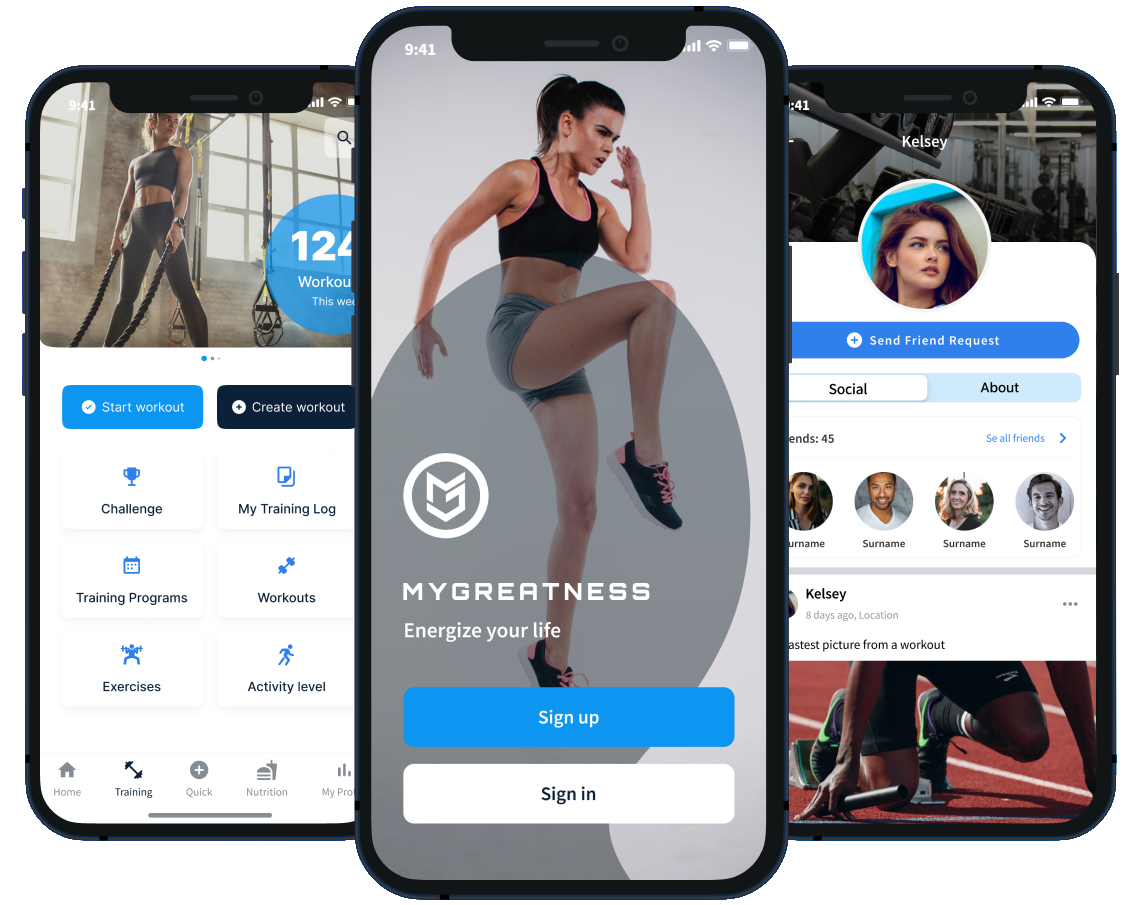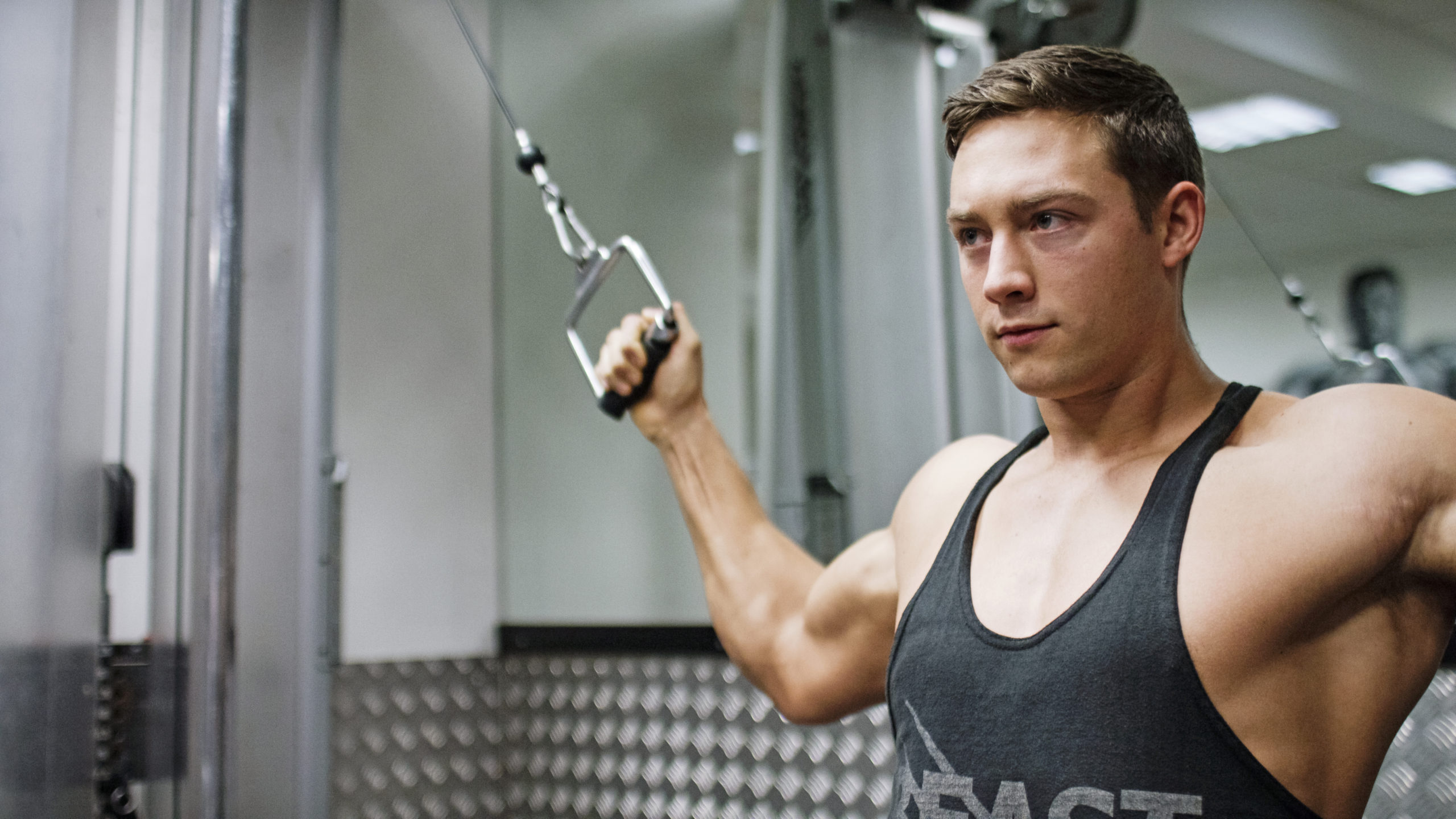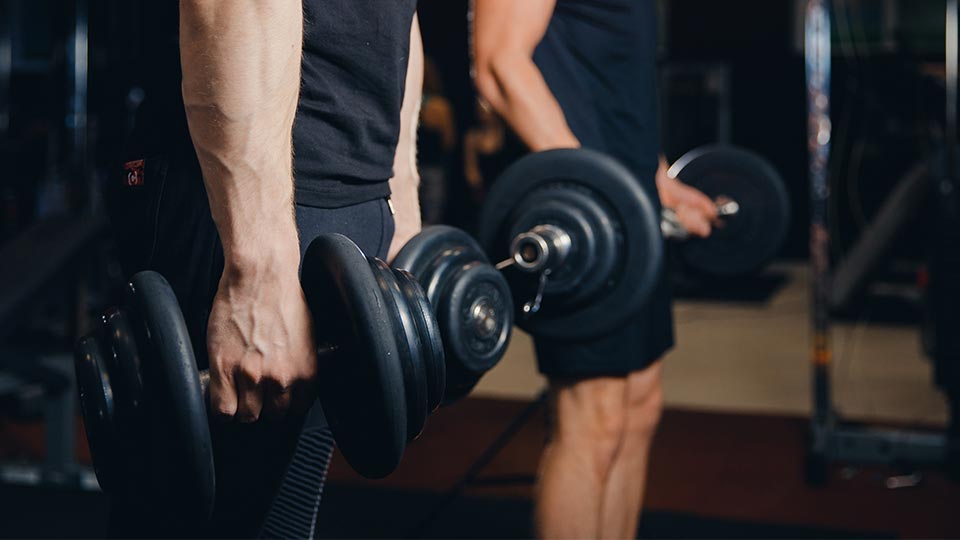Exercise Details for Lunges
-
Primary MuscleQuads, Gluteus, Hamstrings
-
Secondary MuscleInner Abs
-
EquipmentBarbell
-
LevelAverage
Why Should You do Lunges?
Many leg exercises train both the front and back thighs to some extent, but they often activate one side more. Lunges, however, load the front and back just as much, which makes it more of a complete solution for your legs. The gluteal muscle, ankle, and internal abdominal muscles are also allowed to train. In addition to muscle training, the exercise also provides balance, coordination, and mobility, as it is performed with one leg at a time. You can train lunges without weights, which is suitable for home training or on the go. If you want to make the exercise much more demanding, do it with a dumbbell in each hand or a barbell behind the neck.
Perparatory
Stand with your feet hip-width apart. Pull your shoulders back and push your chest forward. Straight back and look ahead. Arms at the waist if you do not hold dumbbells to the side of the body.
Performance
Take a long step forward with one leg and lower yourself until the back knee touches the floor. Keep your upper body upright and your eyes looking forward. The center of gravity of the front foot should be in the middle of the foot or slightly behind the heel. Then reverse the movement and push back the same foot with the pressure on the heel.
The muscles that are trained are affected by how long lunges you take. If you follow this guide, you will load the front and back just as much. With shorter lunges, you mainly train the front thighs while you train the gluteal muscles with longer lunges.
Focus on having good balance, and feel free to tense your stomach and butt during the movement if you need more stability. Do not let your knees fall inward on any of the legs at the bottom of the movement. Also, make sure that the knee in the front leg does not go over the toes if you look from the side.
Tips for Lunges
- Stand hip-width apart with parallel feet before taking a step forward
- The upper body should be completely upright during the exercise, only your knees should bend
- You can have a straight vertical line from the shoulder, hip down to the back leg knee when you are in the bottom position
- The shin of your front leg should be vertical in the bottom position, so your front knee should not go over your toes
- Perform the exercise slowly and in a controlled manner
- You can also step back with one leg which makes it easier
- You can perform the exercise with body weight, dumbbells or a bar behind your neck






